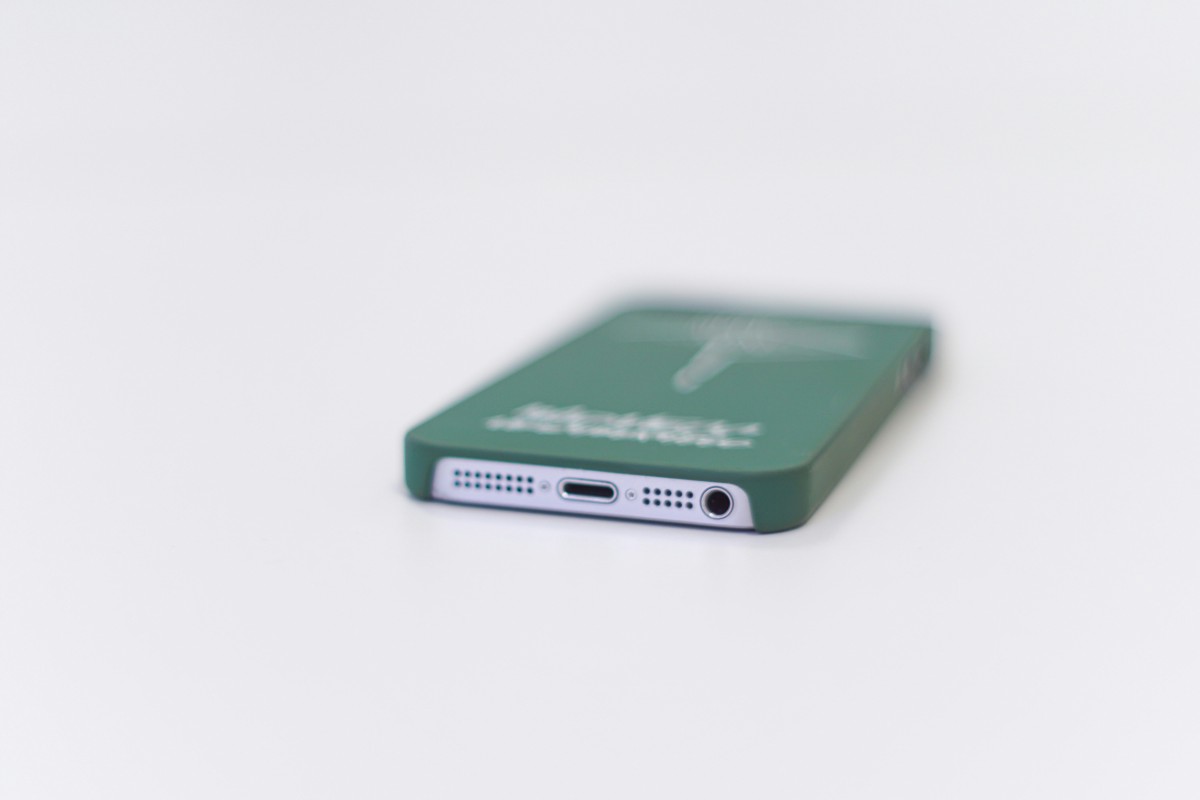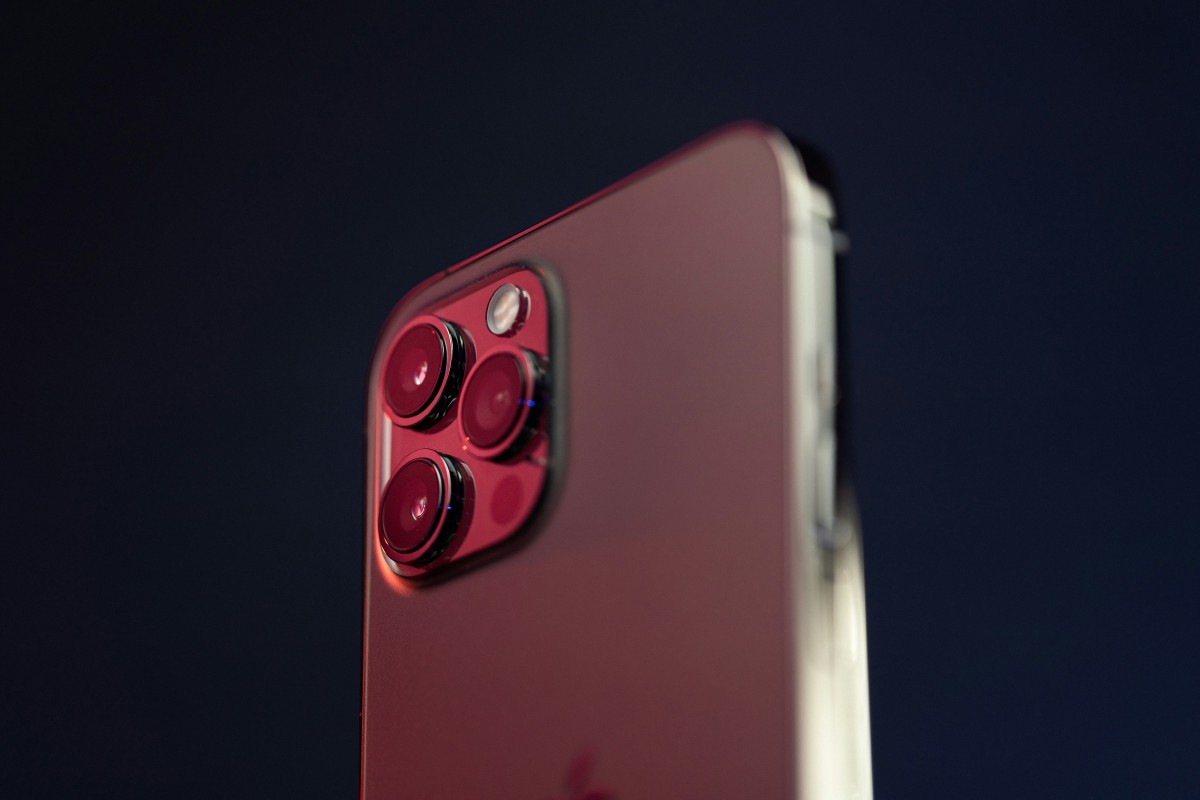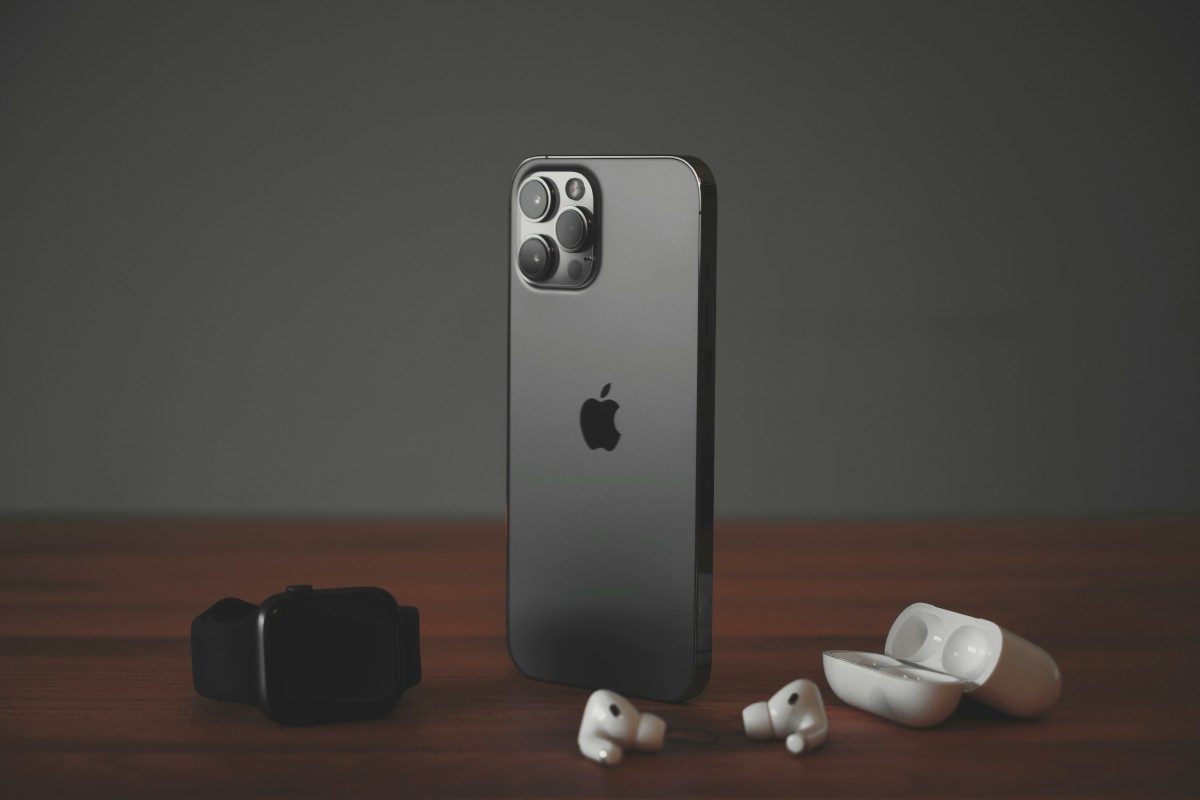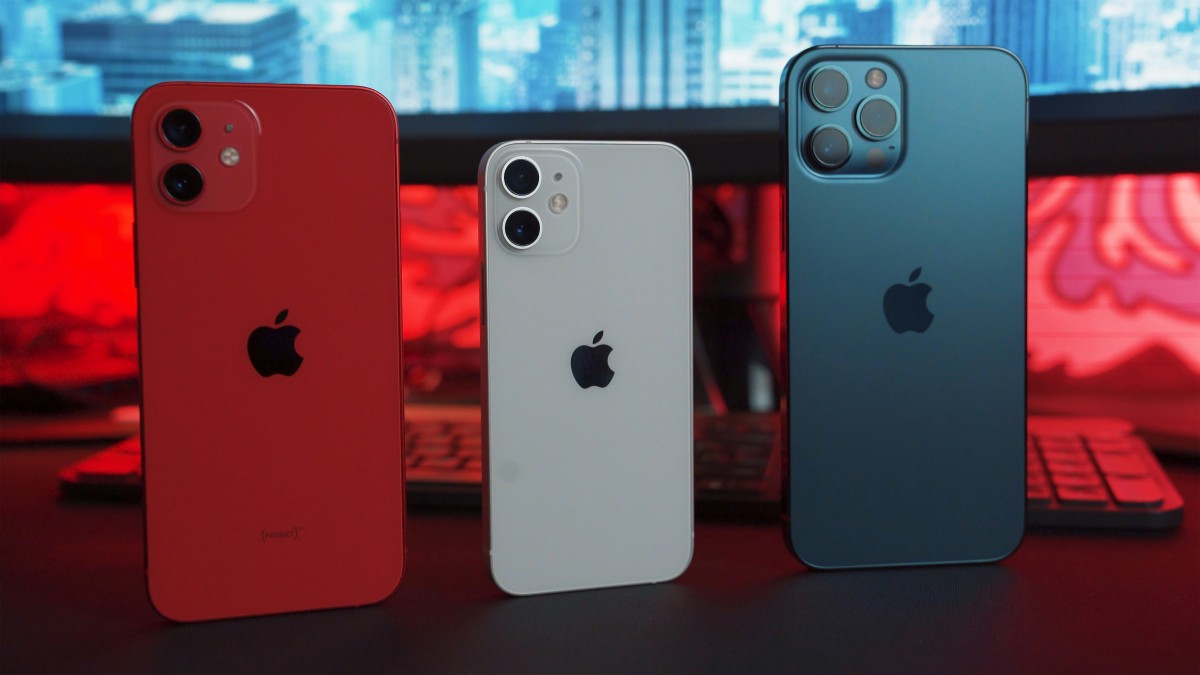What is True Tone on iPhone and How to Enable or Disable It?
Imagine picking up your iPhone and being greeted by a screen that seems to understand the lighting around you, adjusting its colors to provide the most natural viewing experience possible. This magical feature is called True Tone, and it’s more than just a clever trick—it’s a game-changer for anyone who spends hours staring at their device. Introduced by Apple as part of its quest for visual perfection, True Tone uses advanced sensors to detect ambient light conditions and modify the display accordingly. The result? Colors look more vibrant and true-to-life, whether you’re scrolling through social media in bright sunlight or reading an eBook in a dimly lit room.
But what if you prefer the classic color profile or want to save battery life? Understanding how to enable or disable True Tone can empower you to customize your iPhone’s display according to your personal preferences. In this article, we’ll dive deeper into what True Tone actually does, explore its benefits, and guide you through the simple steps needed to toggle it on or off with ease. Whether you’re a tech enthusiast eager to optimize your device or someone simply looking for comfort during late-night scrolling sessions, we’ve got you covered!
What is True Tone?
True Tone is a groundbreaking display technology developed by Apple that dynamically adjusts the color temperature of your iPhone screen based on the ambient lighting conditions. By utilizing advanced sensors, True Tone measures the surrounding light and alters the display’s warmth and coolness to create a more natural viewing experience. This means that whether you’re indoors under incandescent lights or outdoors basking in natural sunlight, your screen adapts seamlessly to ensure colors appear true to life. The effect is subtle yet transformative, making it easier on the eyes during prolonged use.
Interestingly, True Tone isn’t just about comfort—it also caters to different environments for enhanced productivity. For creatives and professionals who rely on accurate color representation for photography or graphic design tasks, this feature ensures consistency across multiple settings. Users often find that elements like skin tones look more authentic in photos or videos when viewed with True Tone activated. Similarly, for readers or casual browser users alike, text clarity improves significantly as harsh blue lights are softened into a calmer hue.
Moreover, it’s worth noting how True Tone plays into broader conversations about digital well-being. As our devices become ever-present companions in daily life, features like this contribute to reducing eye strain and aiding restful experiences during nighttime usage—something essential for our health-conscious society today. In an age where screen time is often scrutinized, embracing tools like True Tone can foster not only aesthetic pleasure but also consideration for long-term visual comfort.

How True Tone Works
True Tone technology employs a sophisticated sensor system that continuously assesses the ambient light in your environment. By measuring both the color temperature and brightness of surrounding light, True Tone intelligently adjusts your iPhone’s display to deliver a more natural viewing experience. This dynamic adaptation means that whether you’re indoors under warm lighting or outside basking in daylight, your screen maintains an accurate and comfortable appearance, reducing eye strain and enhancing visual comfort.
Beyond mere convenience, True Tone plays a pivotal role in the realm of photography and design on mobile devices. For creators, it ensures that images appear true to life regardless of where they are viewed. This means colors used in editing will look consistent when shared across different environments—ideal for photographers and digital artists who rely on precise color representation. As our world becomes increasingly mobile-centric, technologies like True Tone enhance our engagement with content while promoting healthier viewing habits throughout the day.
Benefits of Using True Tone
One of the standout benefits of True Tone technology is its remarkable ability to enhance visual comfort. By dynamically adjusting the white balance based on ambient lighting, True Tone minimizes eye strain, especially during prolonged use. This feature is particularly valuable for those who frequently read or work on their devices in varying light conditions, ensuring that text remains crisp and natural without overwhelming brightness or harsh color casts.
Furthermore, True Tone provides a more authentic representation of images and videos. Photographers and designers will appreciate how this technology can bring their creative works to life by displaying colors as they were meant to be seen. The subtle adjustments create an immersive experience that resonates with users, allowing them to engage more deeply with their media—whether it’s a movie bathed in soft morning light or vibrant stills captured at sunset.
In addition to individual comfort and enhanced media perception, adopting True Tone can foster a healthier digital environment. As our screens become ubiquitous in daily life, promoting a more human-friendly viewing experience encourages longer device usage without adverse effects on vision health. In an age where screen time is ever-increasing, embracing features like True Tone not only elevates user experience but also underscores the importance of mindful tech interaction.

How to Enable True Tone
Enabling True Tone on your iPhone is a simple yet transformative process that significantly enhances your viewing experience. To activate this feature, navigate to the Settings app and tap on “Display & Brightness.” Here, you’ll find the True Tone toggle at the top of your screen. A quick flick will immerse you into a world where the colors on your display adapt fluidly to surrounding light conditions, making whites appear warmer in dim environments and cooler in bright ones.
What sets True Tone apart is its unique blend of technology and sensory experience; it doesn’t just change brightness—it creates a more natural representation of colors that feels right to your eyes. This can be particularly beneficial during extended reading sessions or when editing photos, as it reduces eye strain while providing an accurate color palette based on ambient lighting. So go ahead—activate True Tone today and discover how this subtle shift can reframe your digital interactions; it’s like switching from standard definition to high definition for the eyes!
How to Disable True Tone
Disabling True Tone can offer a striking shift in your display experience, especially if you’re someone who prefers a more consistent color balance across different lighting conditions. To turn off this feature, simply navigate to your iPhone’s Settings app, select Display & Brightness, and toggle the True Tone switch off. This straightforward process not only restores the standard color settings but also allows for greater precision when editing photos or creating designs that require unaltered color representation.
In addition to temporary adjustments for specific tasks, opting out of True Tone grants you an opportunity to reconnect with how vibrant colors are typically rendered. Many users find that their visual engagement with content—like images and videos—shifts significantly once they disable it. Also, if you’re working in environments where lighting changes frequently (like cafes or offices), you might notice less visual disruption without the automatic adjustment, thus fostering a more stable viewing experience during intense focus periods. Remember, preference for display warmness is subjective; experimenting with this setting could reveal surprising enhancements to your digital interaction!

Common Issues with True Tone
While True Tone technology aims to enhance your viewing experience by automatically adjusting the screen’s color temperature based on ambient lighting, it can sometimes lead to unexpected issues. One common complaint among users is that the feature might result in colors appearing overly warm or yellowish, especially in well-lit environments. This shift can distort critical details in photos and artwork, making it challenging for those who rely on accurate color reproduction for editing or design work.
Another issue stems from compatibility with certain apps and content types. For instance, some video streaming platforms and games designed with specific color calibrations may look off when True Tone is activated. Users often report a noticeable difference in how vibrant their favorite shows appear; instead of the intended striking visuals, they may witness a muted palette that detracts from their overall enjoyment.
Lastly, not all users appreciate the dynamic adjustment capabilities of True Tone; individuals prone to headaches or motion sensitivity sometimes find these automatic adjustments distracting or disorienting. For these reasons, while True Tone serves many well by providing an adaptable viewing experience tailored to surroundings, it’s essential for users to be aware of its potential drawbacks—balancing convenience against personal preferences for color accuracy and visual comfort.
Conclusion: Enhancing Your iPhone Experience
In conclusion, enhancing your iPhone experience goes beyond just enabling or disabling True Tone; it involves understanding how various features can work in unison to create a more personalized mobile environment. With the right balance of settings, you can unlock the true potential of your device—whether that’s maintaining productivity during long work hours with eye-comforting adjustments or utilizing color accuracy for artistic endeavors and photography.
Consider exploring complementary tools like Night Shift and Dark Mode to further reduce eye strain and improve focus during late-night usage. These features not only contribute to comfort but also amplify battery efficiency—making them truly invaluable in today’s fast-paced world. By taking time to customize these elements, your iPhone transitions from merely a tool into an integral part of your daily routine that enhances both functionality and enjoyment.
Ultimately, your iPhone should reflect your preferences and lifestyle, creating a seamless interaction that feels intuitively tailored to you. So dive deep into the settings, experiment with different configurations, and embrace the full spectrum of possibilities available at your fingertips!



